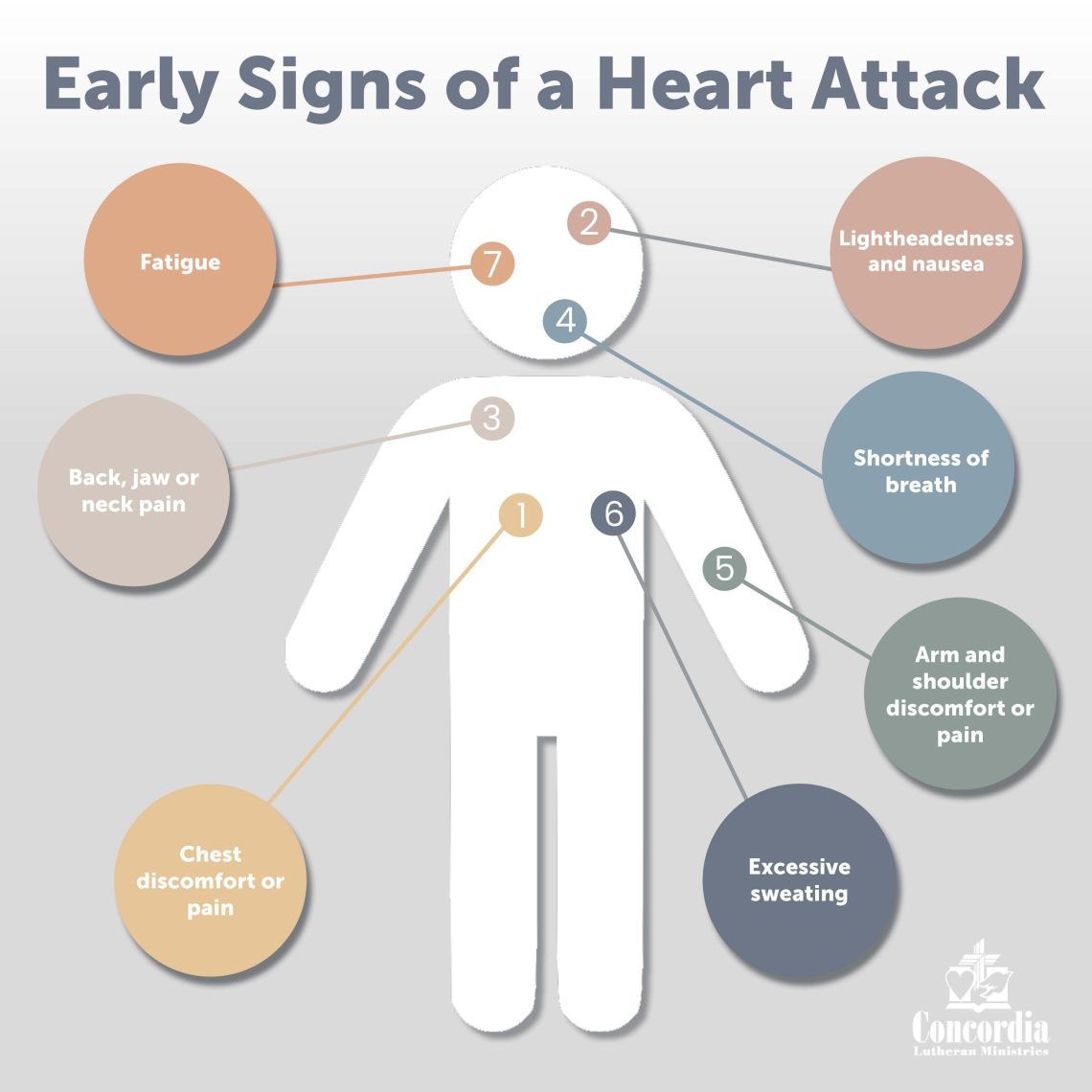
Spotting the Signs: Early Illness Indicators in Pets
As every pet owner knows, our furry companions are more than just animals; they are beloved family members whose well-being is intertwined with our own. However, much like us, pets can encounter a myriad of health issues, often masked behind their playful demeanor and loving gaze.Recognizing the early signs of illness in our pets is not just a matter of vigilance—it’s a critical aspect of responsible pet ownership.In this article, we will explore the subtle, sometimes overlooked indicators that can serve as a wake-up call for potential health concerns. By learning to tune into the nuances of our pets’ behavior, appetite, and physical condition, we can ensure timely interventions, maintain their quality of life, and nurture the bond we share with them. Join us as we delve into the world of early illness detection in pets, empowering you to become a more attentive and proactive guardian of your four-legged friends.
Table of contents
- Understanding Behavioral Changes in Pets
- Monitoring Physical Symptoms for Early Detection
- The Importance of Regular Veterinary Check-Ups
- Home Observations: Creating a health Diary for Your Pet
- The Conclusion

Understanding Behavioral Changes in Pets
Pets are often our most reliable companions, interpreting our emotions and mirroring our behaviors in surprising ways. However, when they undergo behavioral changes, it can be an indication that something is amiss. Understanding these changes is crucial for a pet owner. Some common indicators to watch for include:
- Withdrawal: A normally social pet may start isolating themselves.
- Changes in Appetite: Noticeable increases or decreases in eating habits can signal distress.
- Excessive Vocalization: Uncharacteristic barking or meowing might suggest discomfort or anxiety.
Behavioral shifts can also manifest as sudden aggression or anxiousness, leaving pet owners puzzled and concerned. Observing these alterations can be painstaking, but it is indeed essential for early detection of potential health issues. Tracking your pet’s behavior in a systematic way can help pinpoint abnormalities. You might consider maintaining a log that includes:
| Behavior | Normal Response | Concerning Response |
|---|---|---|
| Social Interaction | Playful, seeks attention | Avoids contact, hides |
| Sleep Patterns | Regular sleep schedule | Insomnia or excessive sleeping |
| Grooming | Self-grooms regularly | Over-grooming or neglecting grooming |

Monitoring Physical Symptoms for Early Detection
Being vigilant about your pet’s physical condition is essential for identifying potential health issues early. Pets can’t express discomfort in the same way humans do, so keen observation of their daily habits and physical symptoms becomes crucial. Watch for changes in behavior or routine that could signal underlying problems. Common indicators include:
- Unusual lethargy or decreased playfulness
- Changes in appetite, whether increased or decreased
- Unexplained weight loss or gain
- Vomiting or persistent diarrhea
- Excessive scratching or signs of skin problems
Moreover, regular physical examinations at home can definitely help in spotting subtle cues. Check for irregularities in your pet’s bodily functions, including:
| Symptom | Possible Concern |
|---|---|
| Changes in drinking habits | Kidney issues |
| Swelling or lumps | Tumors or infections |
| Coughing or difficulty breathing | Respiratory problems |
| Difficulty moving or limping | Arthritis or injury |
Observing these signs not only aids in early detection but can drastically improve the outcome of treatment. Bringing any concerns to a veterinarian promptly ensures that your furry friend gets the care they need before small issues escalate into serious health threats.

The Importance of Regular Veterinary Check-Ups
Regular veterinary check-ups are essential for maintaining your pet’s health, as they act as a preventive measure against various illnesses. Even if your furry friend appears healthy,these routine visits allow veterinarians to perform a thorough examination and detect early signs of potential health issues. Early detection can substantially increase the effectiveness of treatments and can often mean the difference between a minor issue and a major concern. Regular visits can also help in establishing a vaccination schedule, ensuring proper dental care, and monitoring weight and nutrition.
During these check-ups, veterinarians can assess your pet’s overall well-being by performing various tests and evaluations. A typical examination may include:
- Physical Health Assessment: Checking weight, fur condition, and mobility.
- Vital Signs Monitoring: Assessing temperature, heart rate, and breathing.
- Routine blood Tests: Screening for hidden conditions such as anemia or kidney disease.
- Dental Check: Evaluating oral health to prevent periodontal disease.
These measures not only ensure that your pet gets the best possible care but also fosters a stronger bond between you, your pet, and your veterinarian.To illustrate the benefits of consistent check-ups, here’s a simple table highlighting common health indicators and what they may signify:
| Health Indicator | Potential Significance |
|---|---|
| Excessive Thirst | Possible kidney or liver issues |
| Change in Appetite | Underlying illness or dental problems |
| Unexplained Weight Loss | metabolic disorders or cancers |
| Frequent Vomiting | Possible gastroenteritis or food allergies |

home Observations: Creating a Health Diary for Your Pet
Monitoring your pet’s health can be as simple as maintaining a health diary.This diary allows you to track behaviors, dietary habits, and physical changes that could signify underlying health issues. When documenting observations, focus on changes in appetite, energy levels, and any unusual behaviors. Notes should be clear and concise,helping you paint a thorough picture of your pet’s wellbeing. Consider including:
- Daily food intake and preferences
- Change in weight over time
- Bathroom habits and consistency
- Frequency of play and engagement
- Changes in sleeping patterns
Additionally, regular assessments of physical health can prove invaluable. Watching for signs such as persistent coughing, unexplained lethargy, or skin irritations can definitely help catch issues early. using the diary, create a simple symptom checklist to easily track these indicators over time. here’s an illustrative table to help spot any concerning signs:
| Symptom | Possible Concern |
|---|---|
| Coughing | Respiratory Issues |
| Excessive Thirst | Kidney Problems |
| Vomiting | Digestive Tract Issues |
| Change in Coat Condition | Allergies or Nutritional deficiencies |
The Conclusion
In the intricate tapestry of life with our beloved pets, awareness becomes our most invaluable thread. By attuning ourselves to the subtle signs and shifts in behavior, we empower ourselves to act as informed guardians of their health. Early illness indicators—whether a sudden change in appetite, unusual lethargy, or the slightest hint of discomfort—are whispers from our furry companions, urging us to listen closely.
As we navigate the joys and challenges of pet ownership, let us remember that our vigilance is an act of love. By embracing a proactive approach, we not only enhance the quality of our pets’ lives but also deepen the bond we share with them.Elevate your observation skills and cultivate a sense of awareness; it’s a small investment in time that can yield immeasurable rewards.After all, our pets depend on us, not just for companionship and care, but for the understanding that can lead to a longer, happier life. Here’s to being attentive caretakers and champions of health for our cherished companions.



